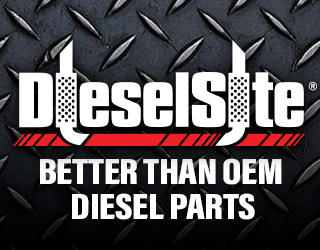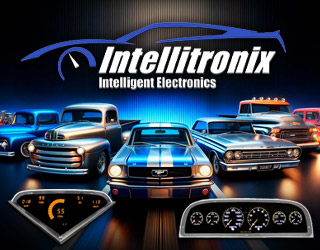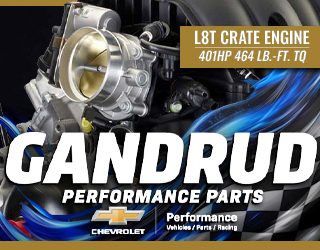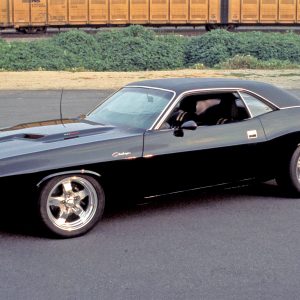Chevrolet
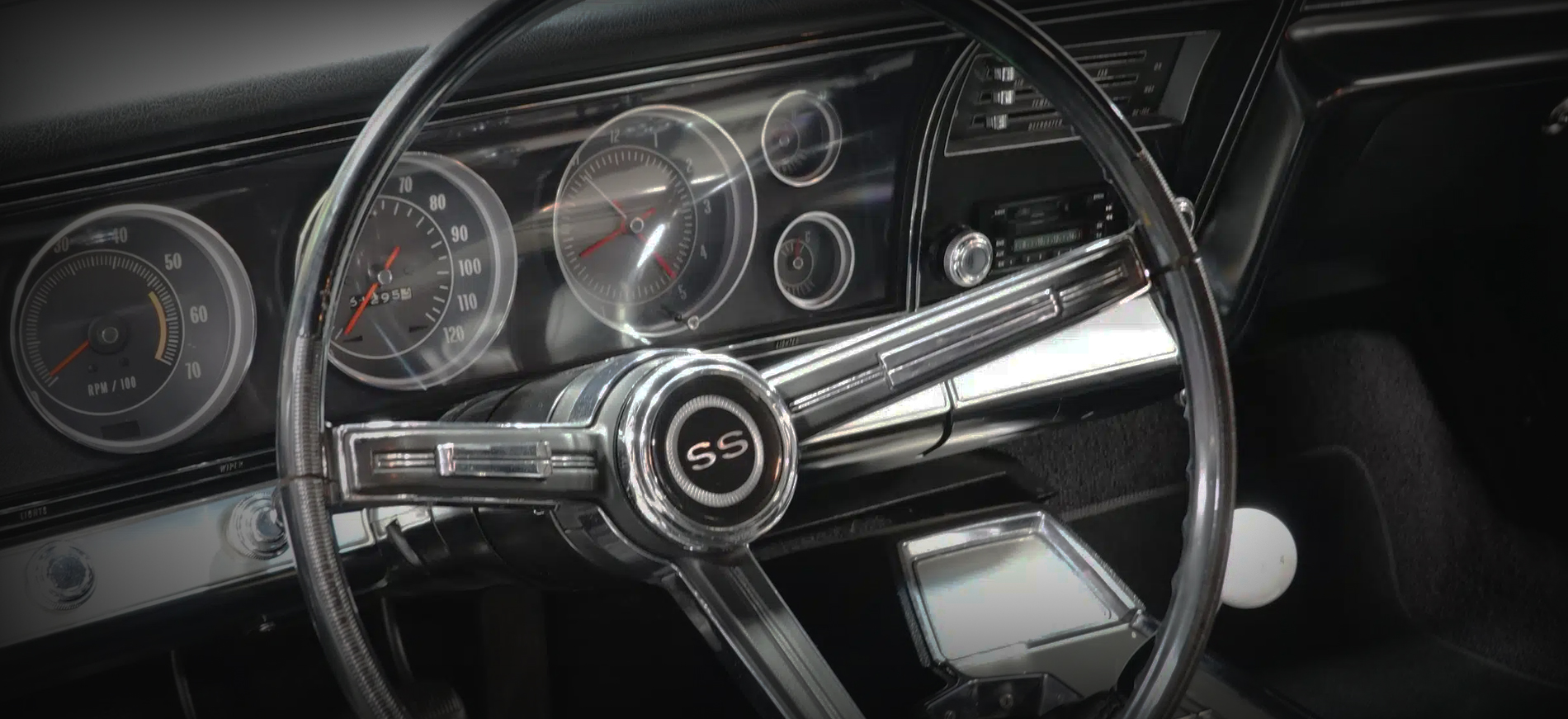
Upgrading the tired power steering system to a modern feel on your classic GM for a just got a lot simpler. Borgeson Universal now offers an all new modern quick ratio power steering box to replace the Saginaw/Delphi 800 series in most 1965 and up GM muscle cars. This all new power steering box has a quick 12.7:1 ratio with firm modern steering feel.
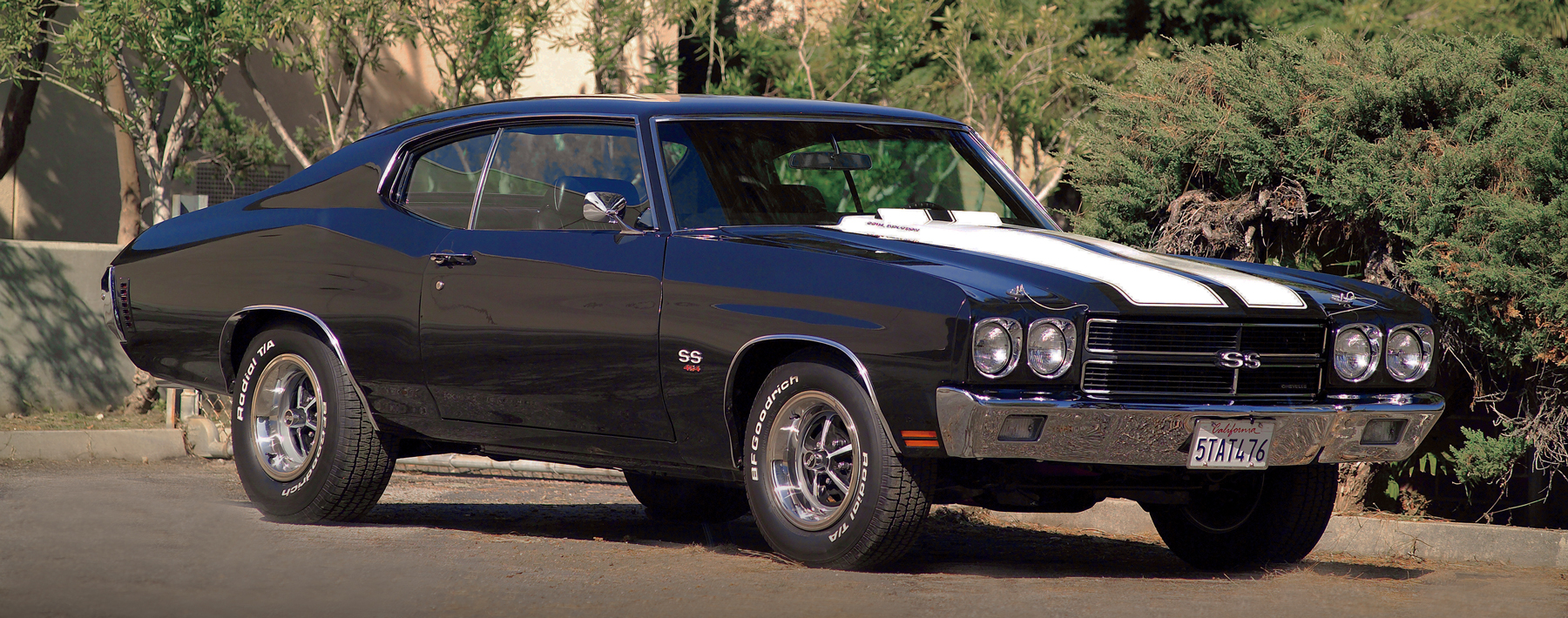
Many believe that the ’70 Chevelle is the best-looking muscle car ever built. The new bulges on the sides give the car a meaner appearance, and this was the first time that a mid-size car could be ordered with a cowl-induction hood and stripes on the hood and trunk.
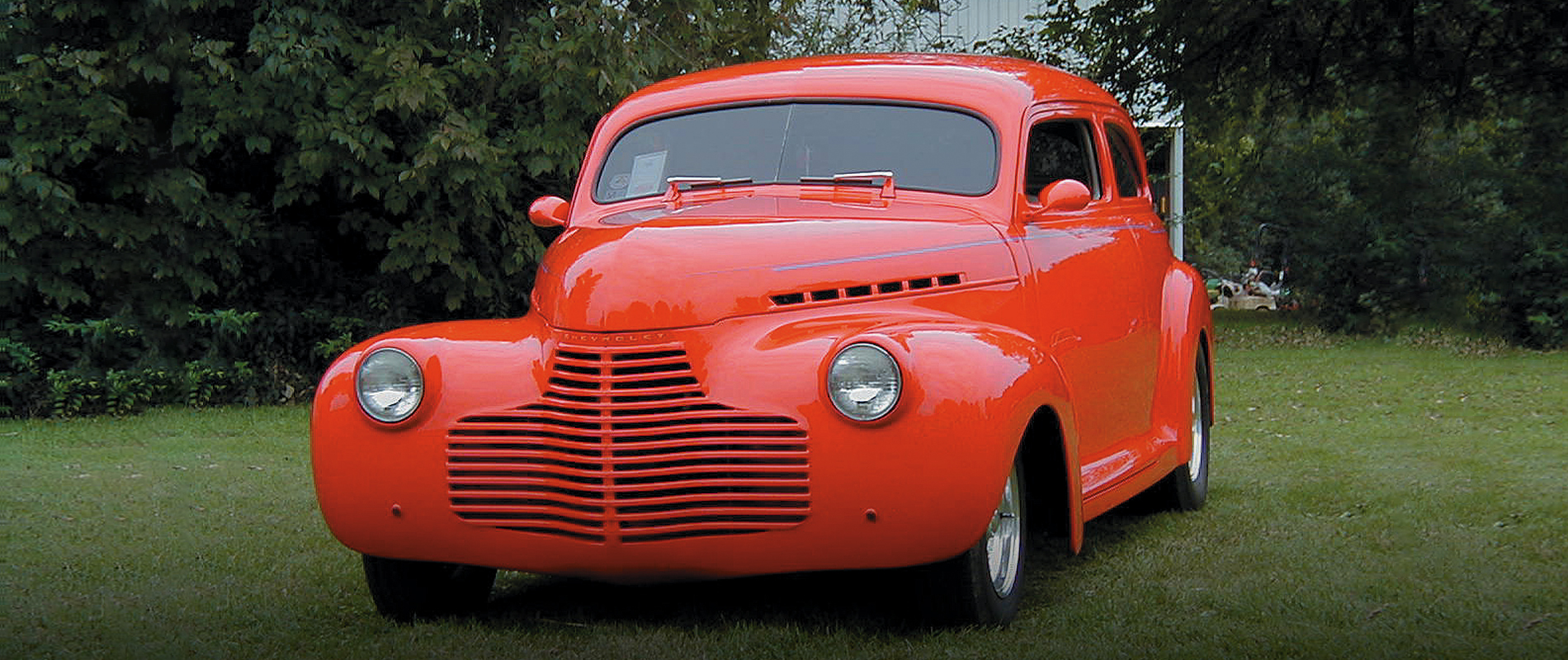
When Bob Naudascher hauled home his self-described rust bucket, it was far from show quality. The typical oxidation process had taken its toll on the car with the floors and lower extremities of the body requiring replacement. After repairing the considerable rust and getting the body structurally sound with all panel gaps fitting perfectly, Naudascher had Jack Consonza and Carl Chuppa drop the top on the sedan two inches. In the process, the front vent windows were eliminated. While the sheetmetal was being moved, front fenders were molded, the headlights frenched and the hood was filled and shaved of all trim. The stock grille remains but has been relieved of all stainless steel in favor of a monochromatic approach.
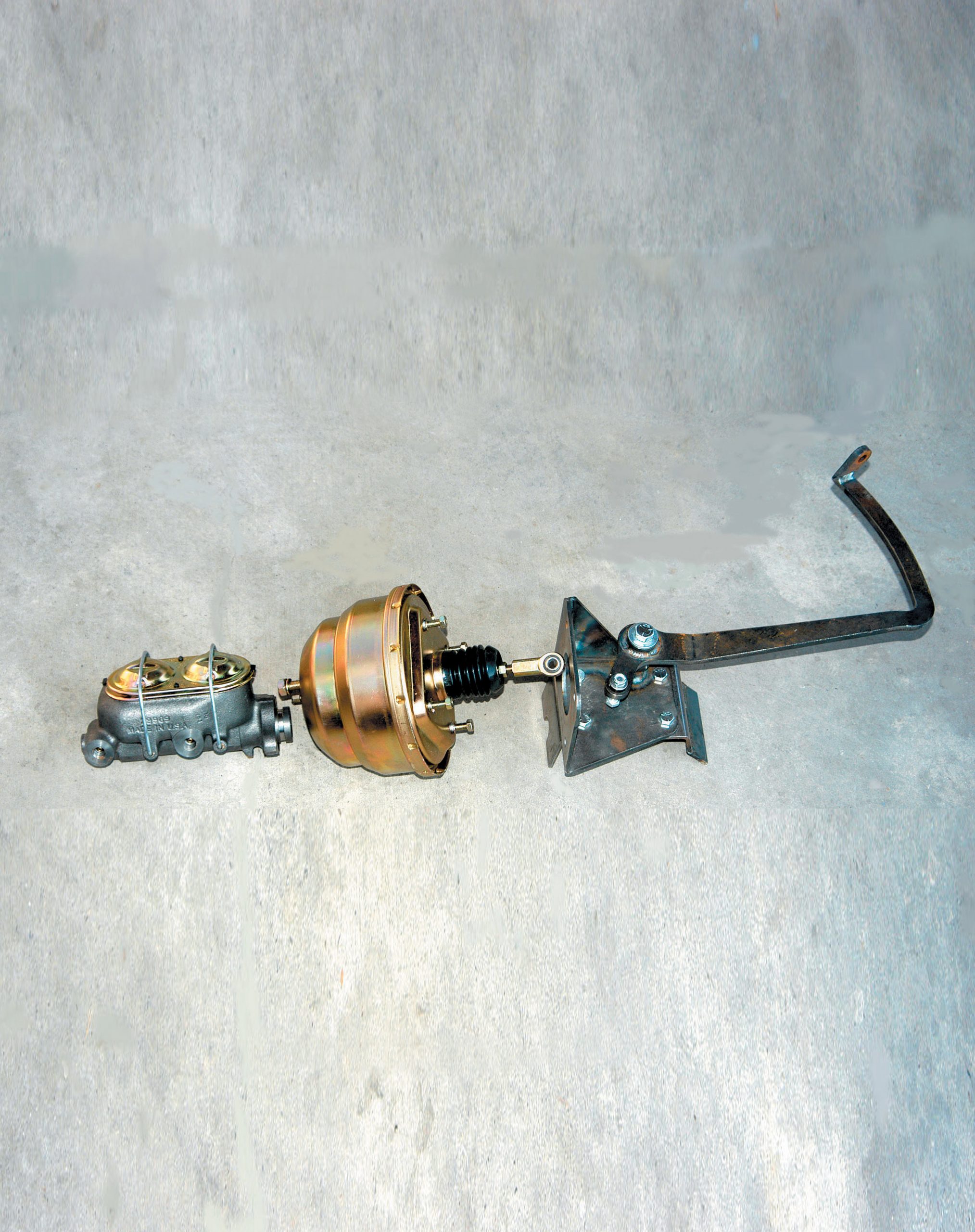
If you own a Ford or Chevy, most of the parts you will need to build a street rod are readily available, and from a variety of suppliers. We have written numerous stories about kits for these cars in our family of rodding magazines, and some of them were a direct replacement for the original. By and large, they worked perfectly and bolted right in, as designed. These types of kits are convenient for many street rod builders, as well as street rod shops, and they are part of what has helped grow our hobby into such a broad special-interest group. But in addition to the “normal” and most popular rods, there were many other great cars made in the pre-war era, and some of them can be a real challenge to street rodders because there are no pre-manufactured parts, and no kits that make them easy to build. Sounds like the old days, right? Well, that’s the modern world for you–even our hobbies have become targets of convenience.
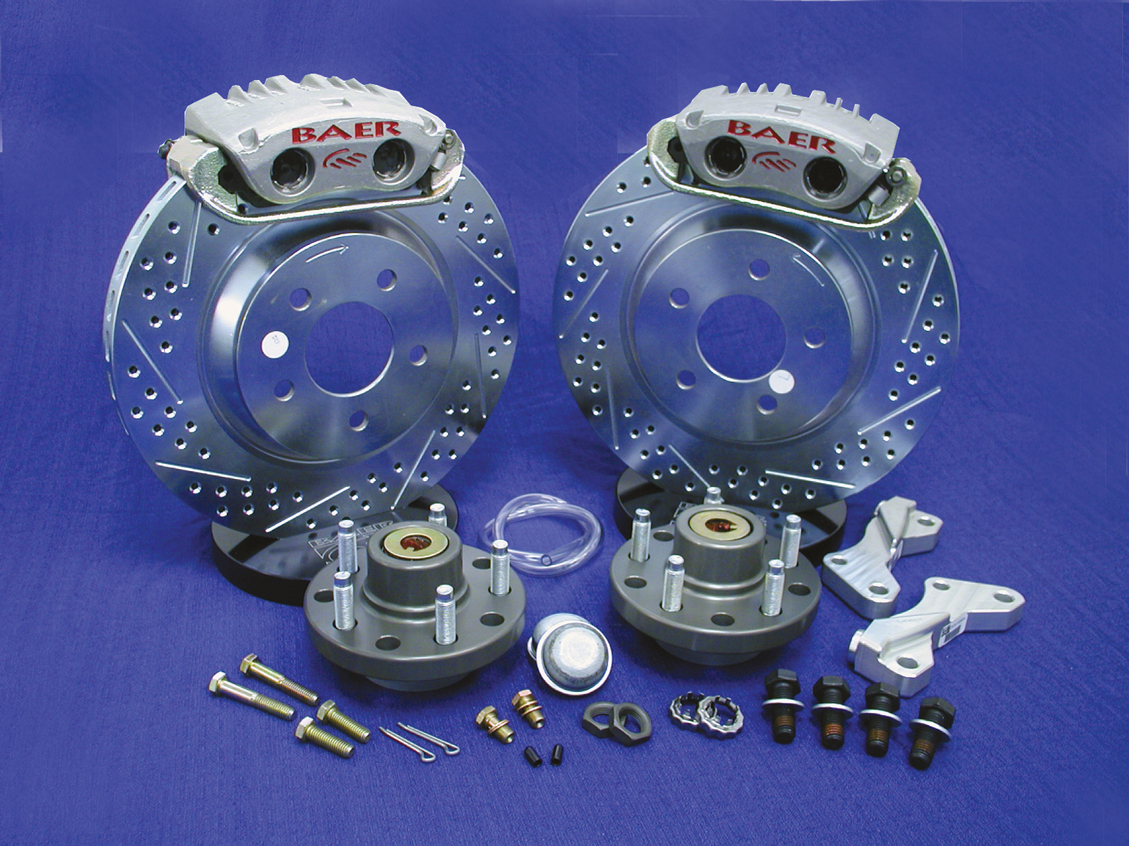
In the long continuation of our Project ’67, the 1967 Chevrolet C10 buildup, several major components and systems have been previously addressed, most notably the Goodwrench LQ4 6.0-liter 366ci Escalade engine buildup by Arizona Speed & Marine. This included the versatile Magnuson Radix supercharger, 4L60E transmission and numerous performance parts and accessories. Continuing along those performance lines and all-out fashion, we would need to contend with the great amount of power this engine package would deliver. Initially, we can’t say that the stock brakes on the C10 were ever designed for the shear torque that would be applied to these assemblies, so it would eventually be necessary to address the stopping performance as well as the go performance. And, after all, brake upgrading was a part of this project plan from the beginning.
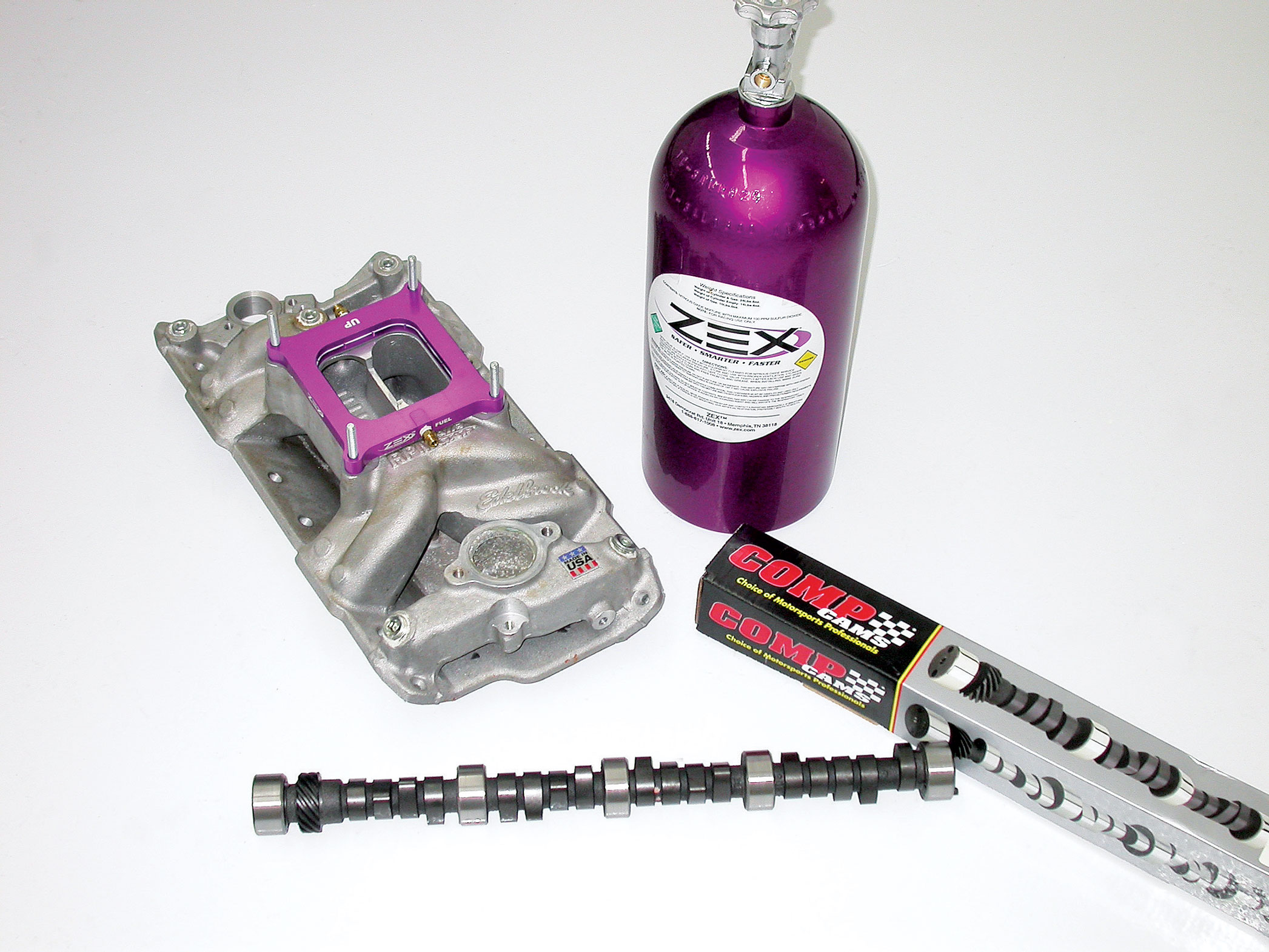
By now, we all certainly know that nitrous oxide is a performance enthusiast’s best friend. Nothing can wake up a sleepy motor like a quick shot of nitrous.
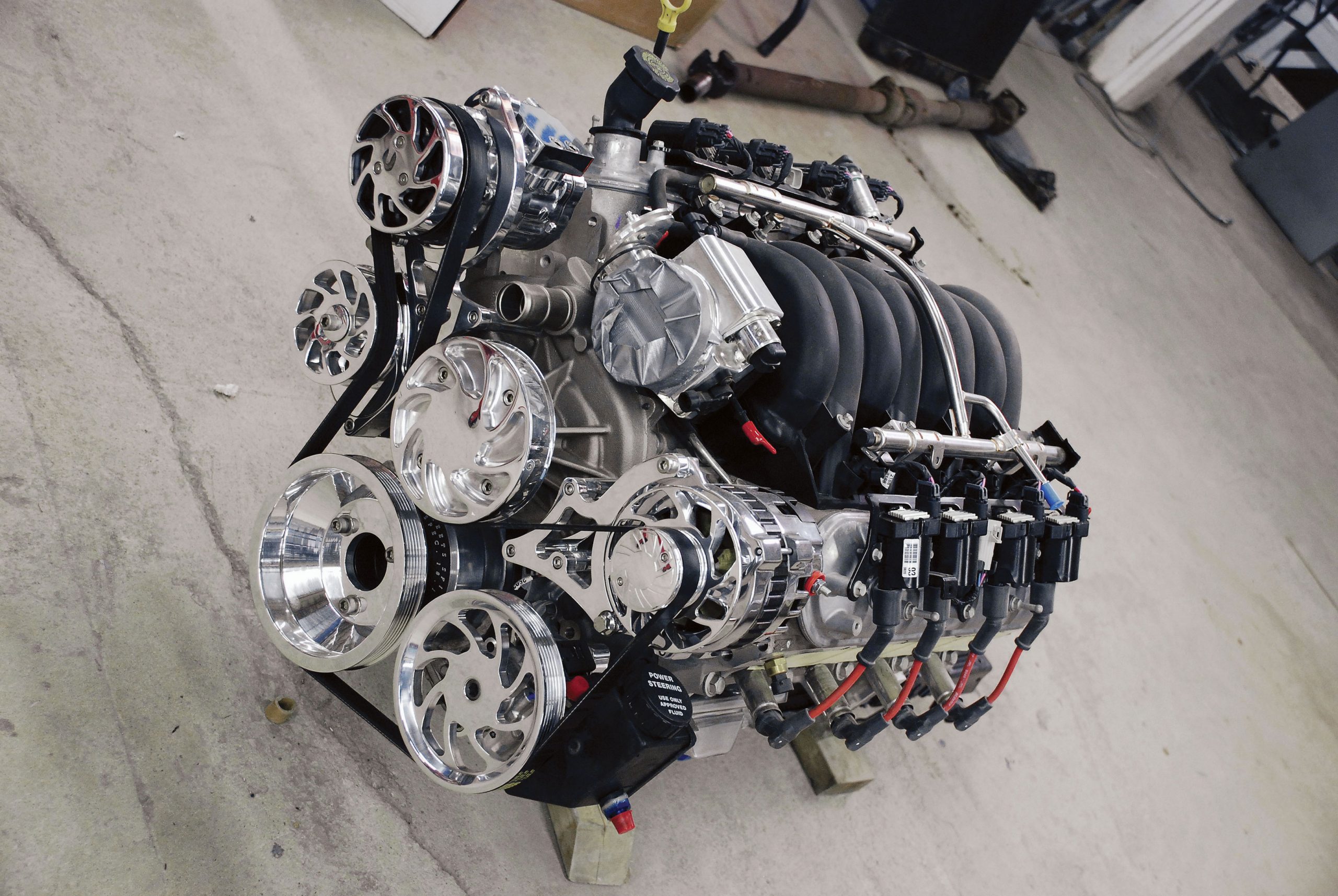
When Chevrolet introduced the LS engine, many clever and effective innovations were incorporated to simplify operations and reduce engine weight and overall dimensions. An integral part of these new technologies was a compact serpentine belt system designed from the start to lower frictional losses, which in turn improved belt strength and longevity.
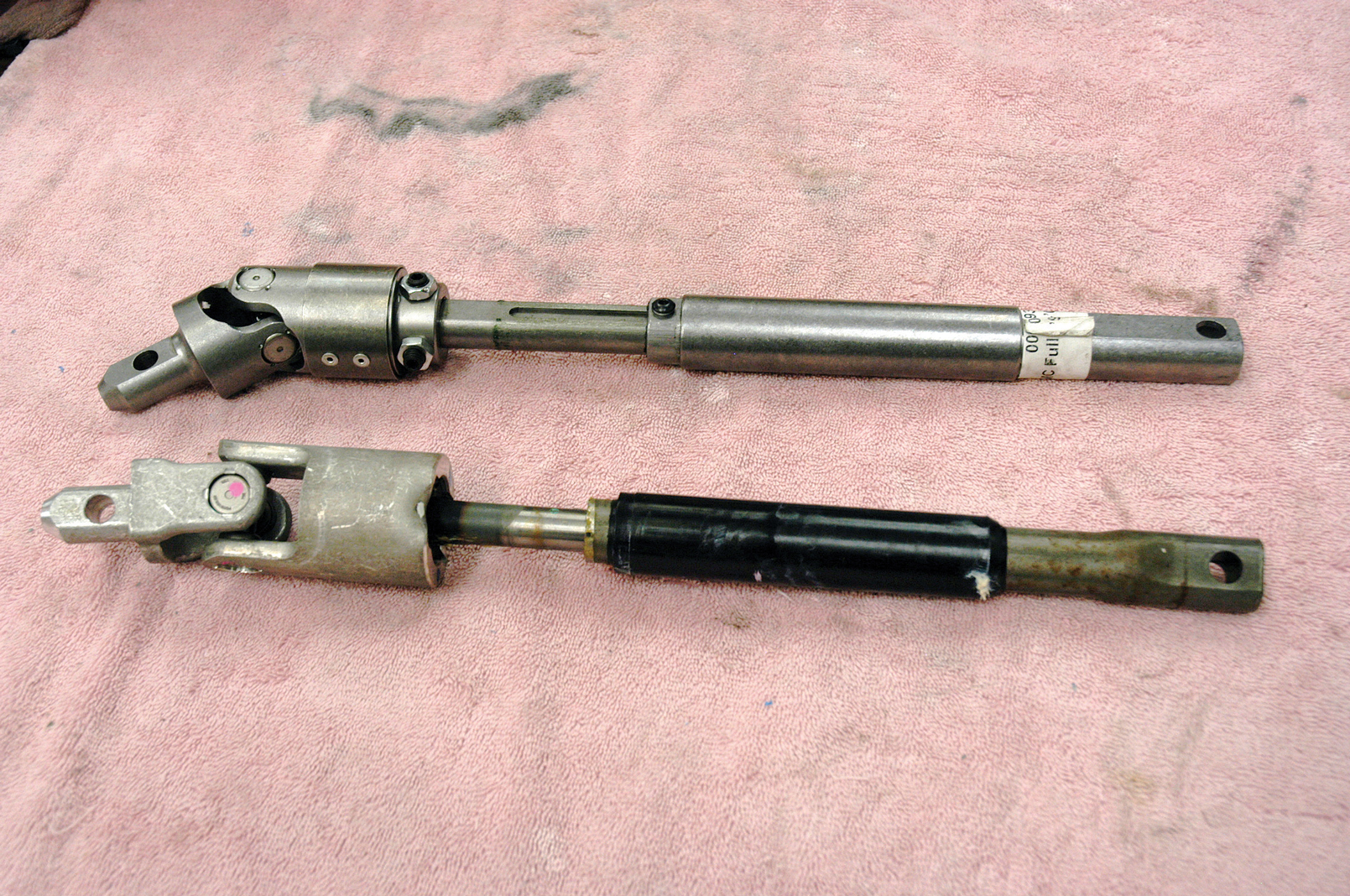
If you are towing your rig with a ’99-’06 General Motors truck, or a Chevy or GMC vehicle, there’s a good chance you have experienced a strange clunking noise when making slow turns. The clunking noise seems to originate from within the steering column, and some owners can actually feel a small vibration in conjunction with the clunking. If you have encountered this problem, it’s not your imagination, as there appears to be a unique conundrum associated with Chevy and GMC pickups, and their corresponding SUVs.
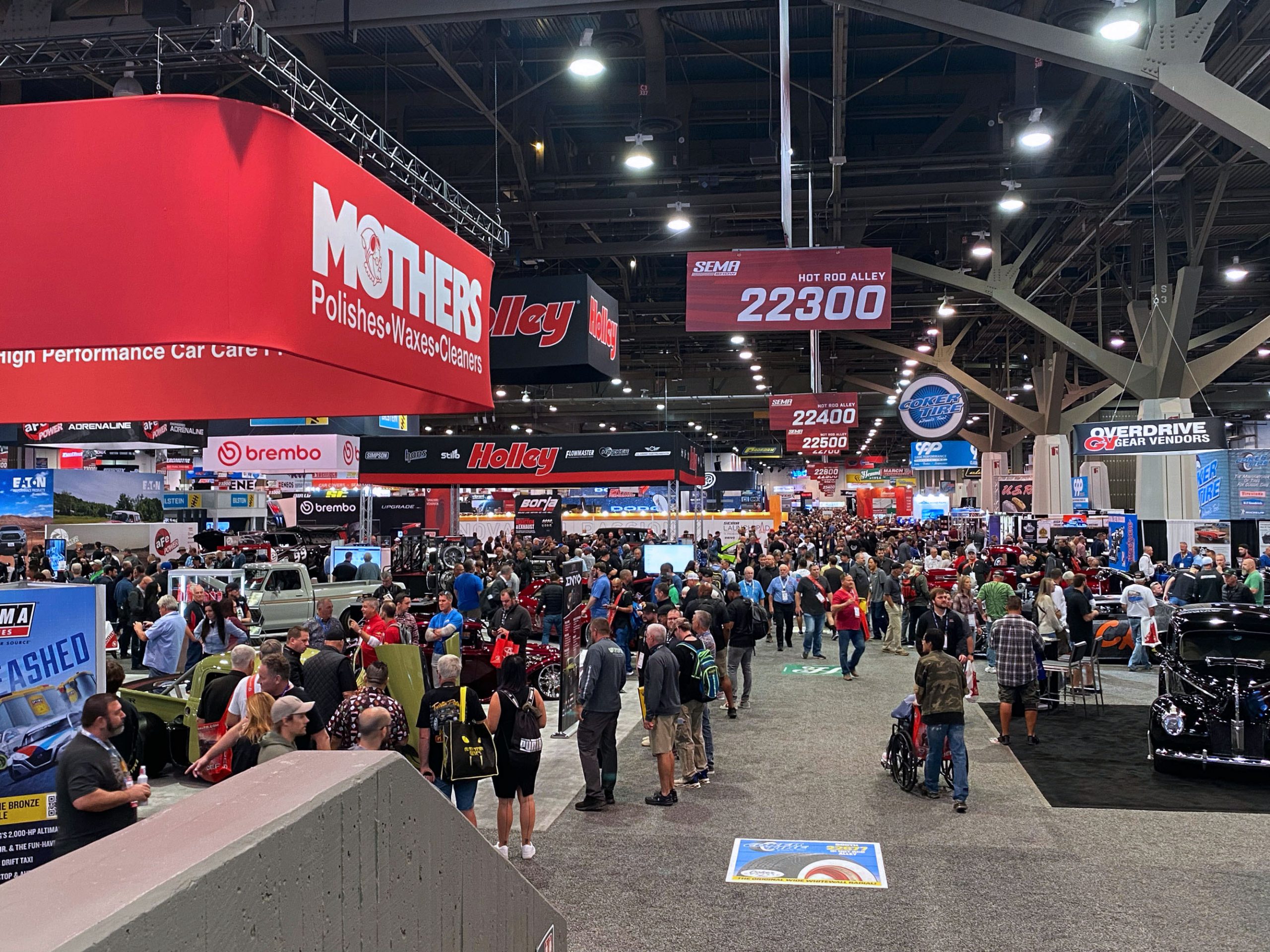
The Specialty Equipment Market Association (SEMA) Show engulfs Fabulous Las Vegas annually. It brings together the biggest names in the automotive world to show off the latest and greatest, whether it’s new products, amazing custom builds, or the newest trends. TheAutoBuilder is excited to be in the thick of it all.
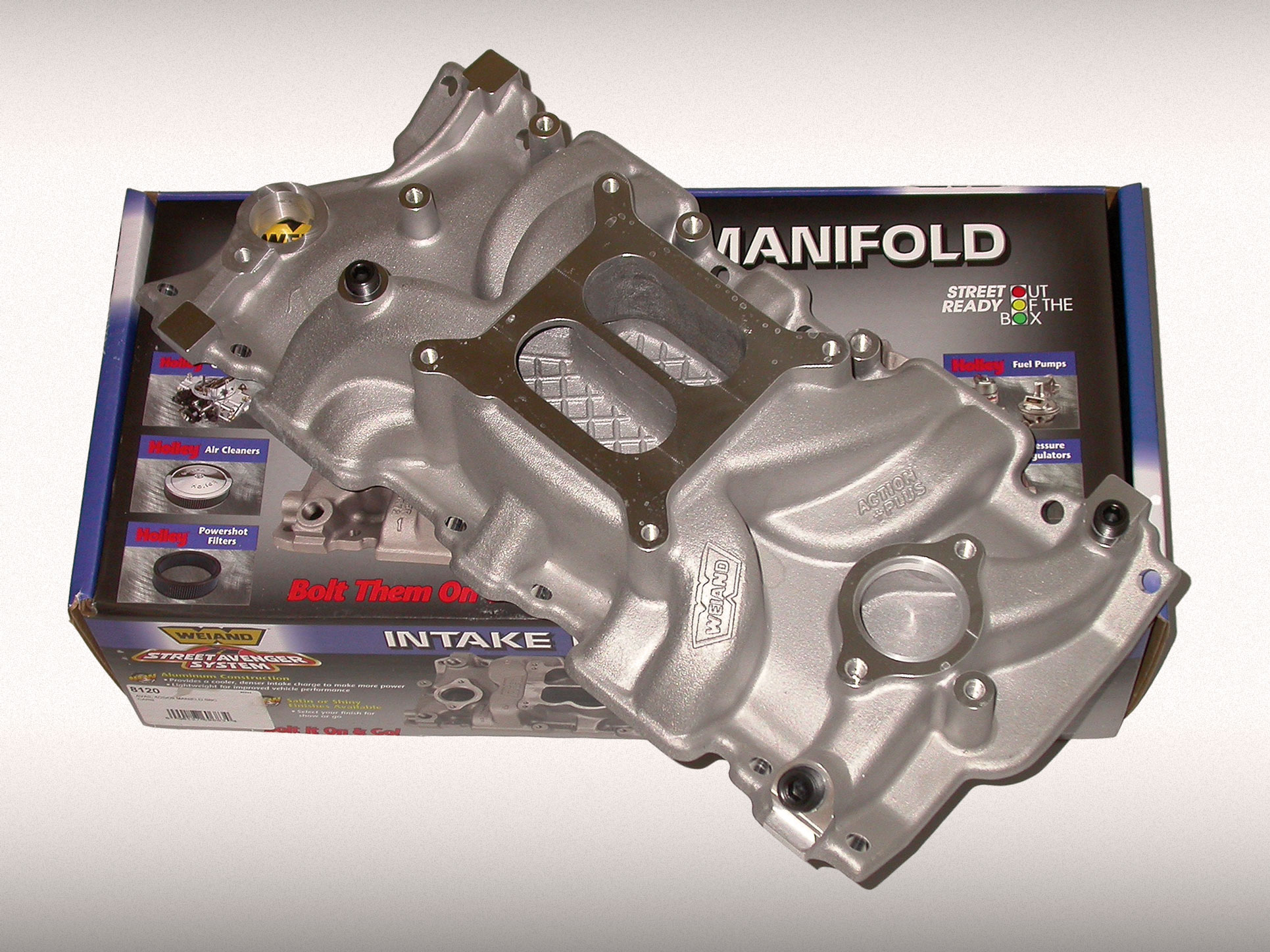
While the factory cast-iron four-barrel Q-Jet intake manifolds have performed admirably on literally thousands of GM applications—and if you are picking your engine from a used lot to use in a swap, it will likely be so equipped—every last one of them should be torn off the car and thrown in the dumpster.





